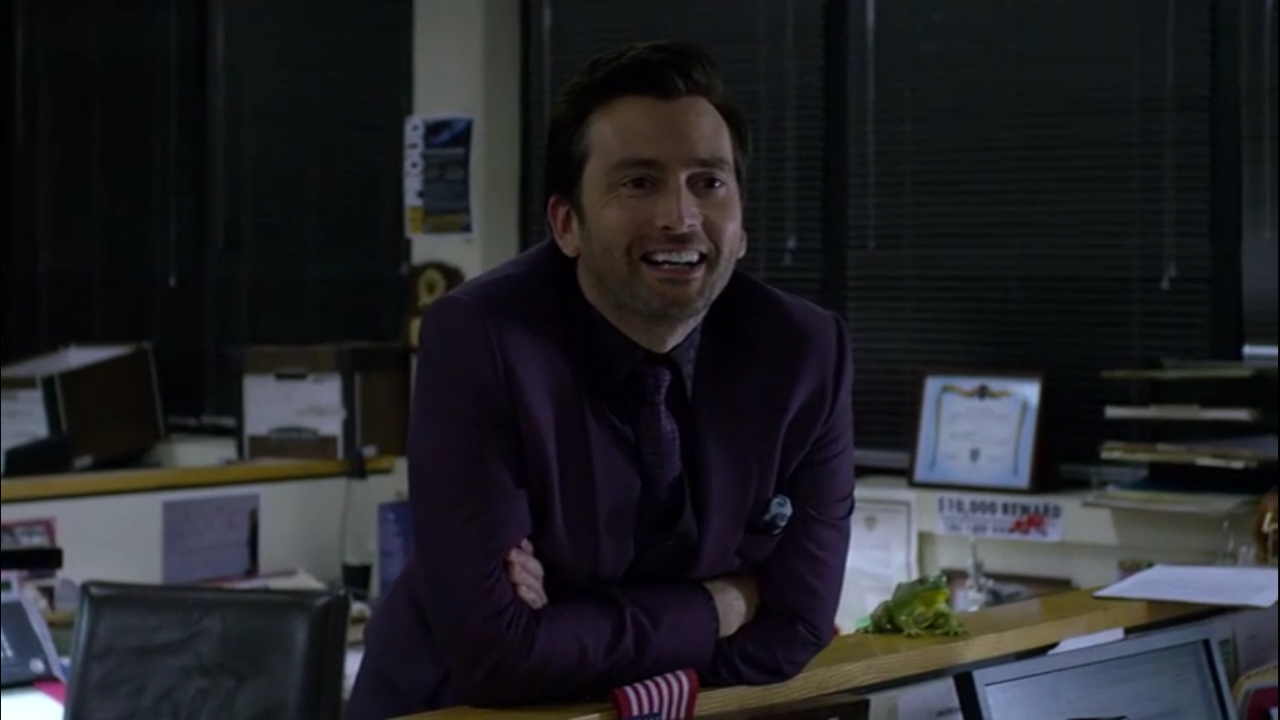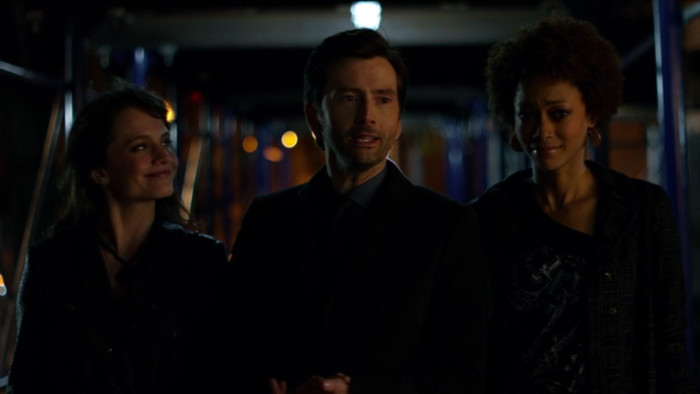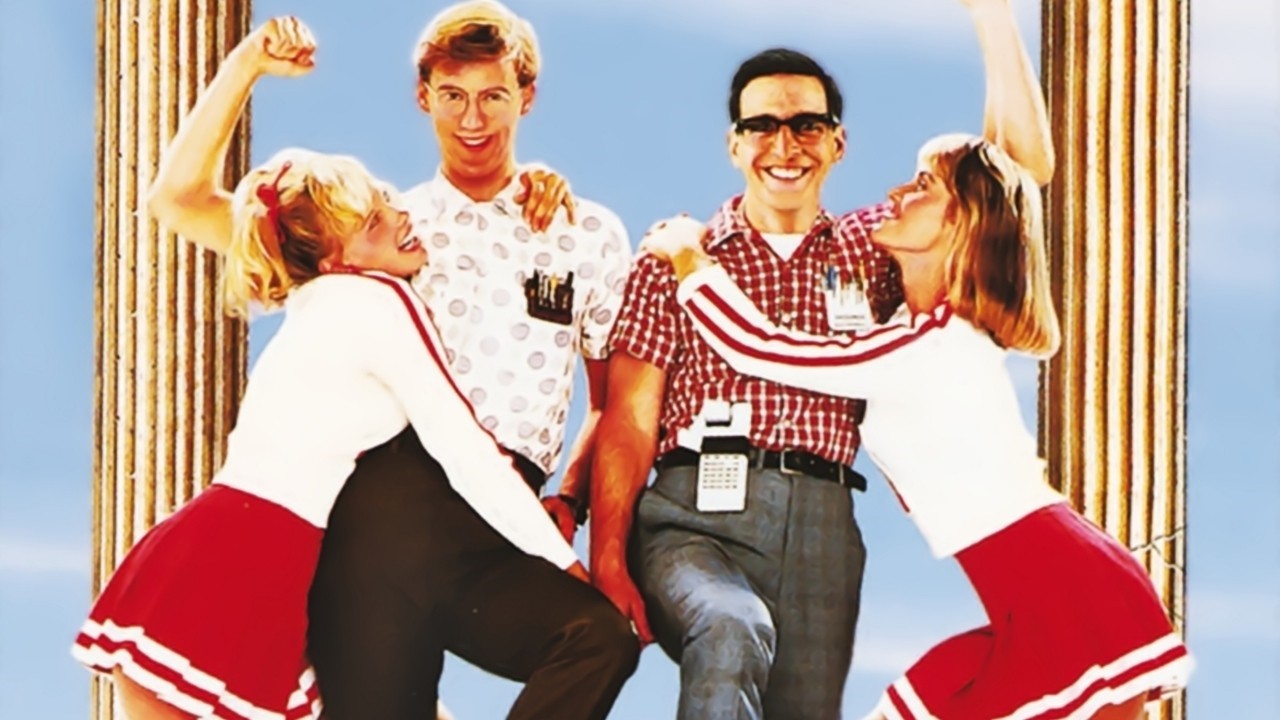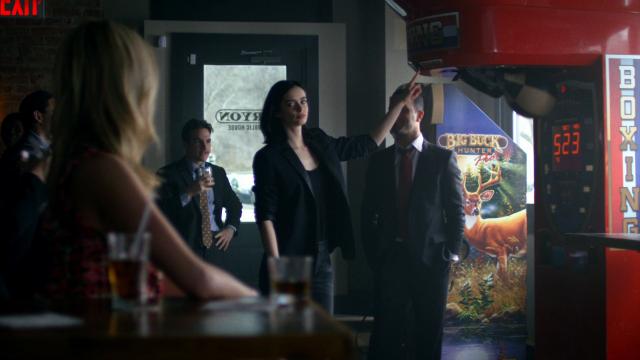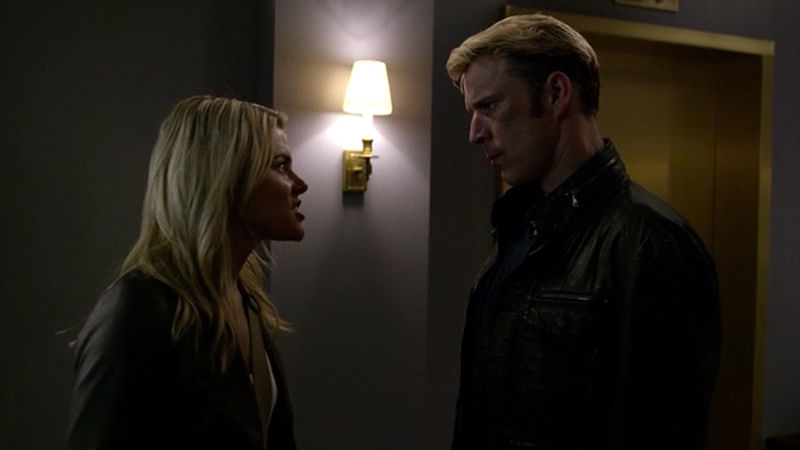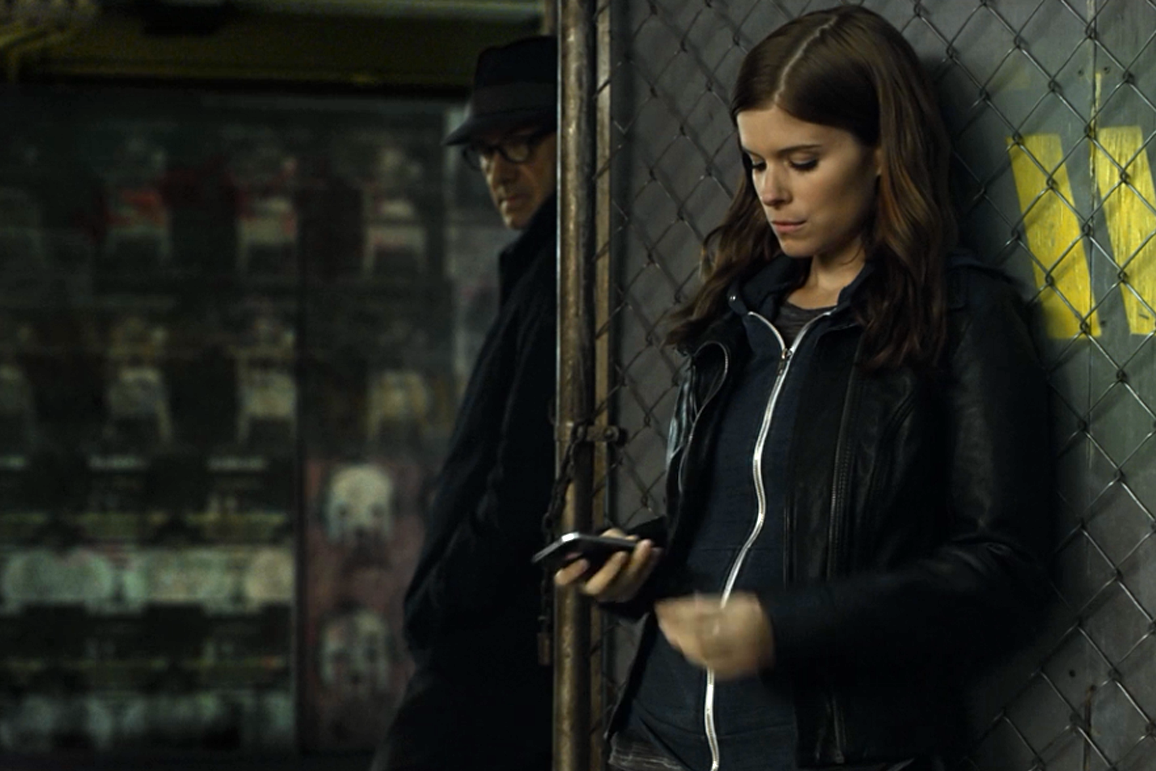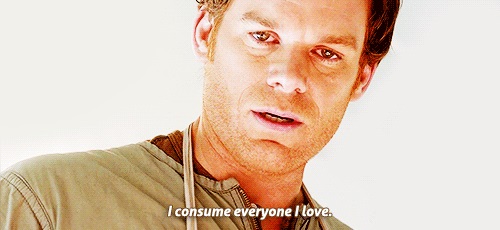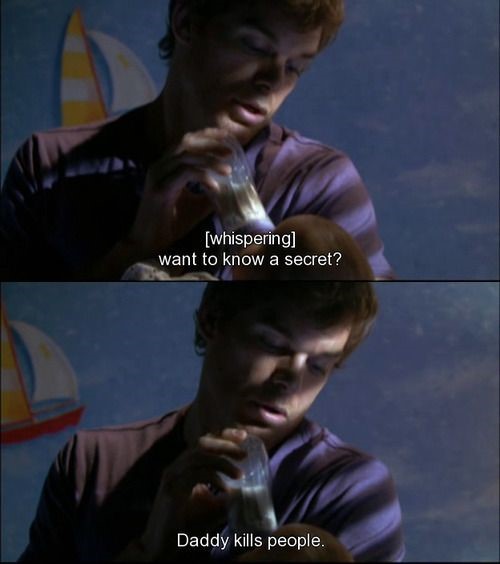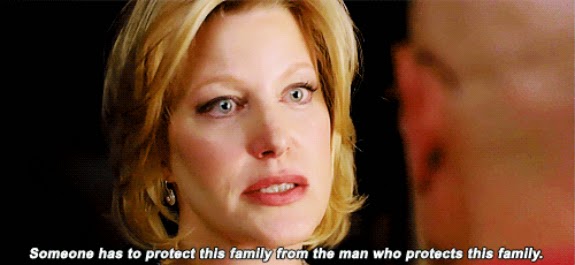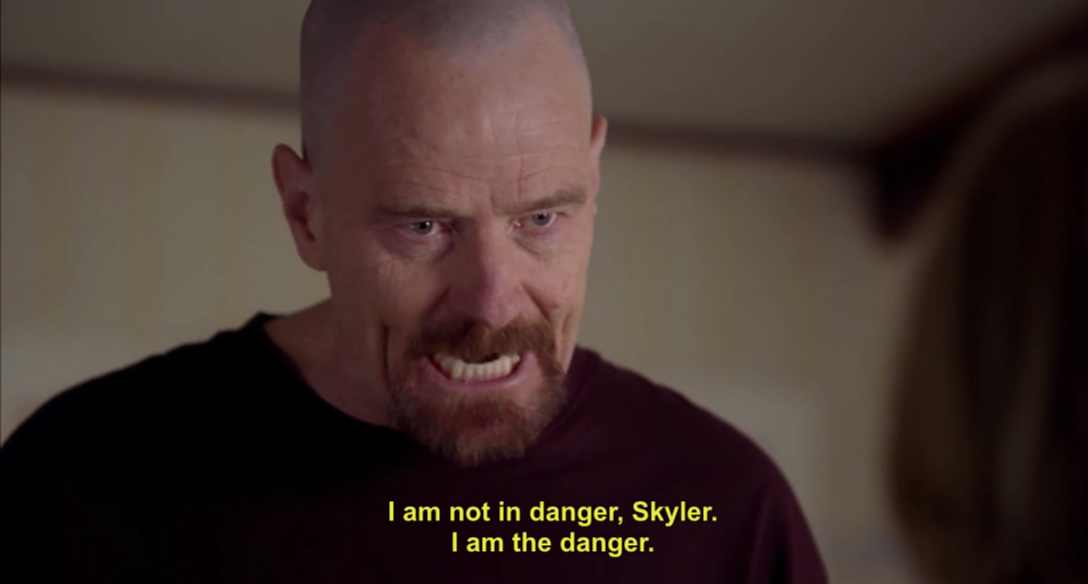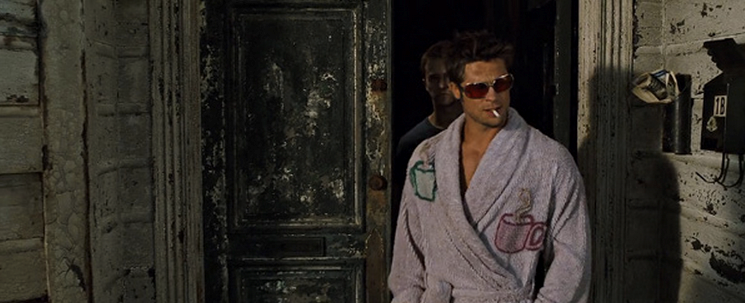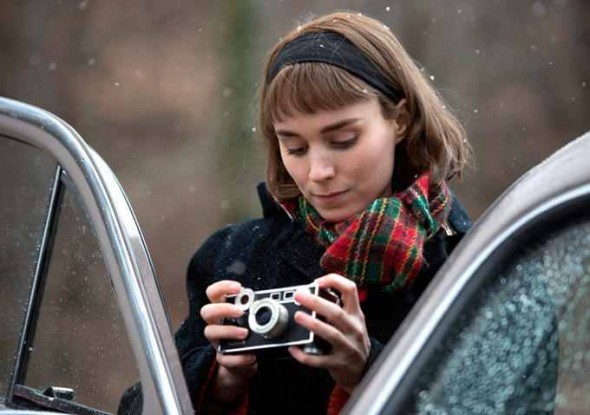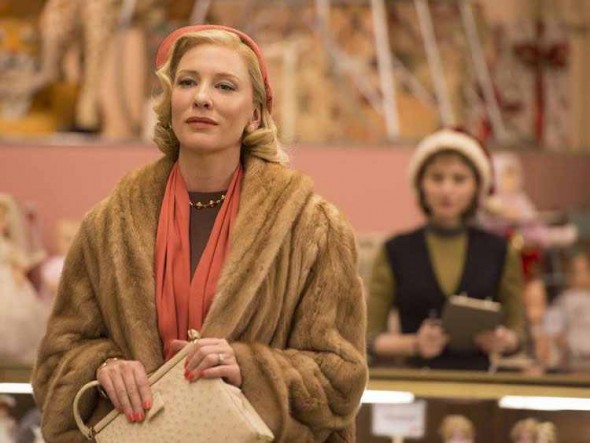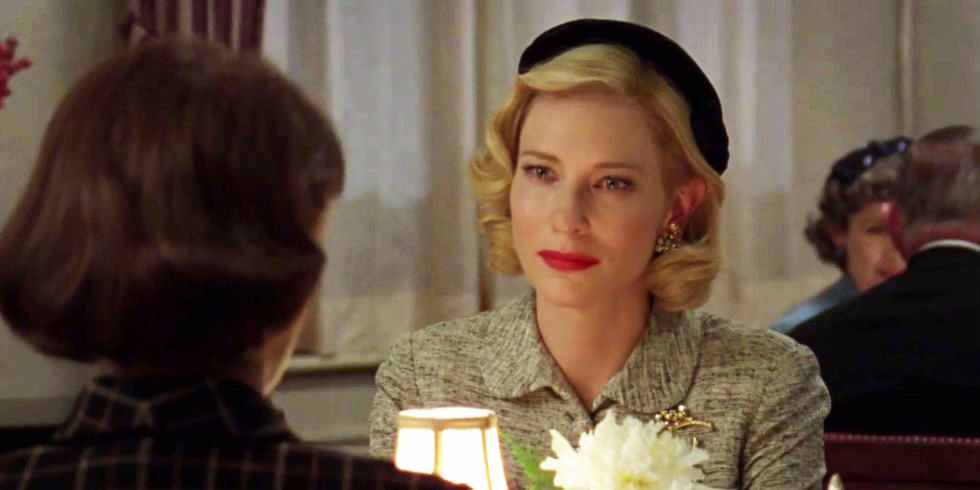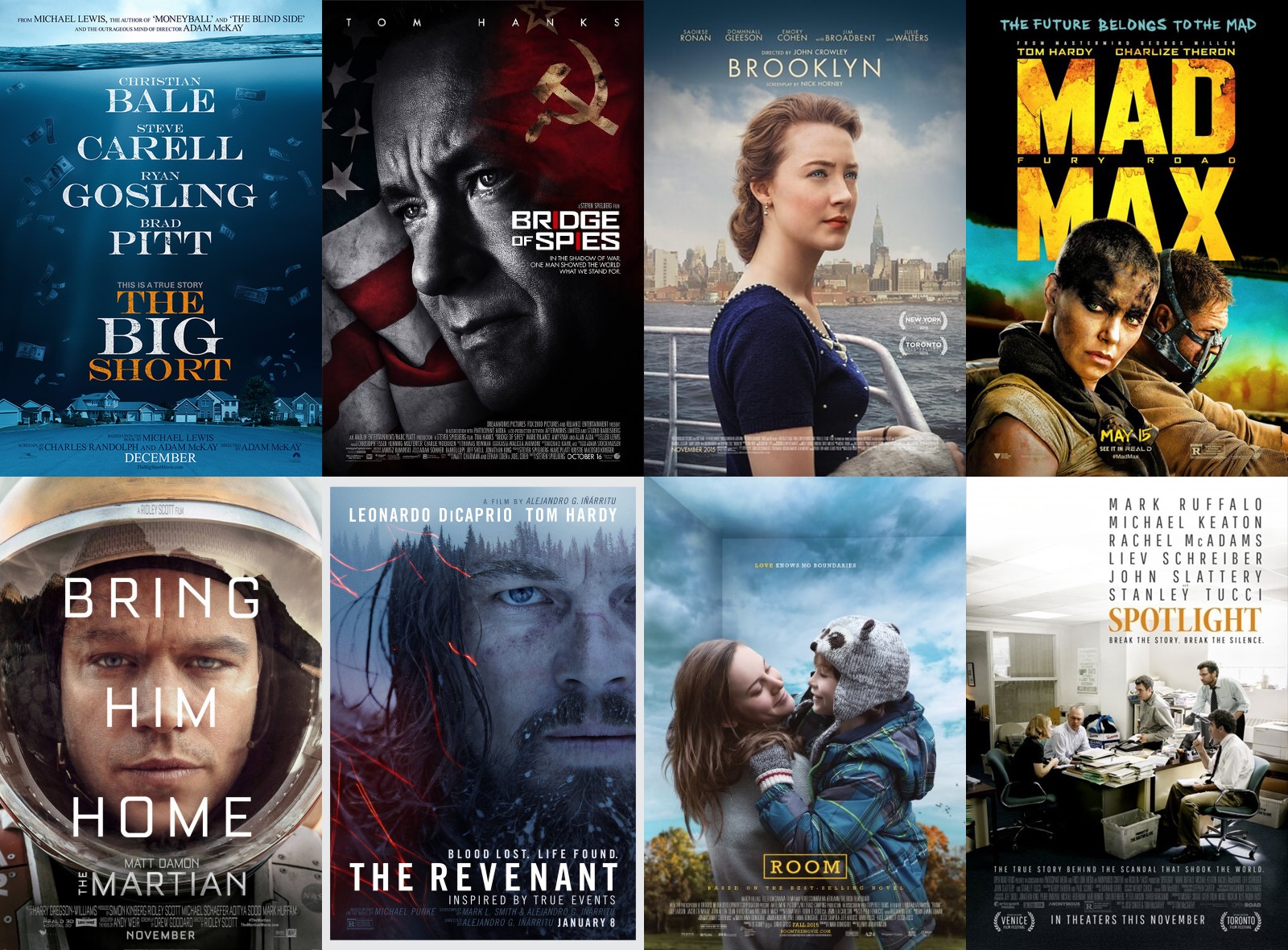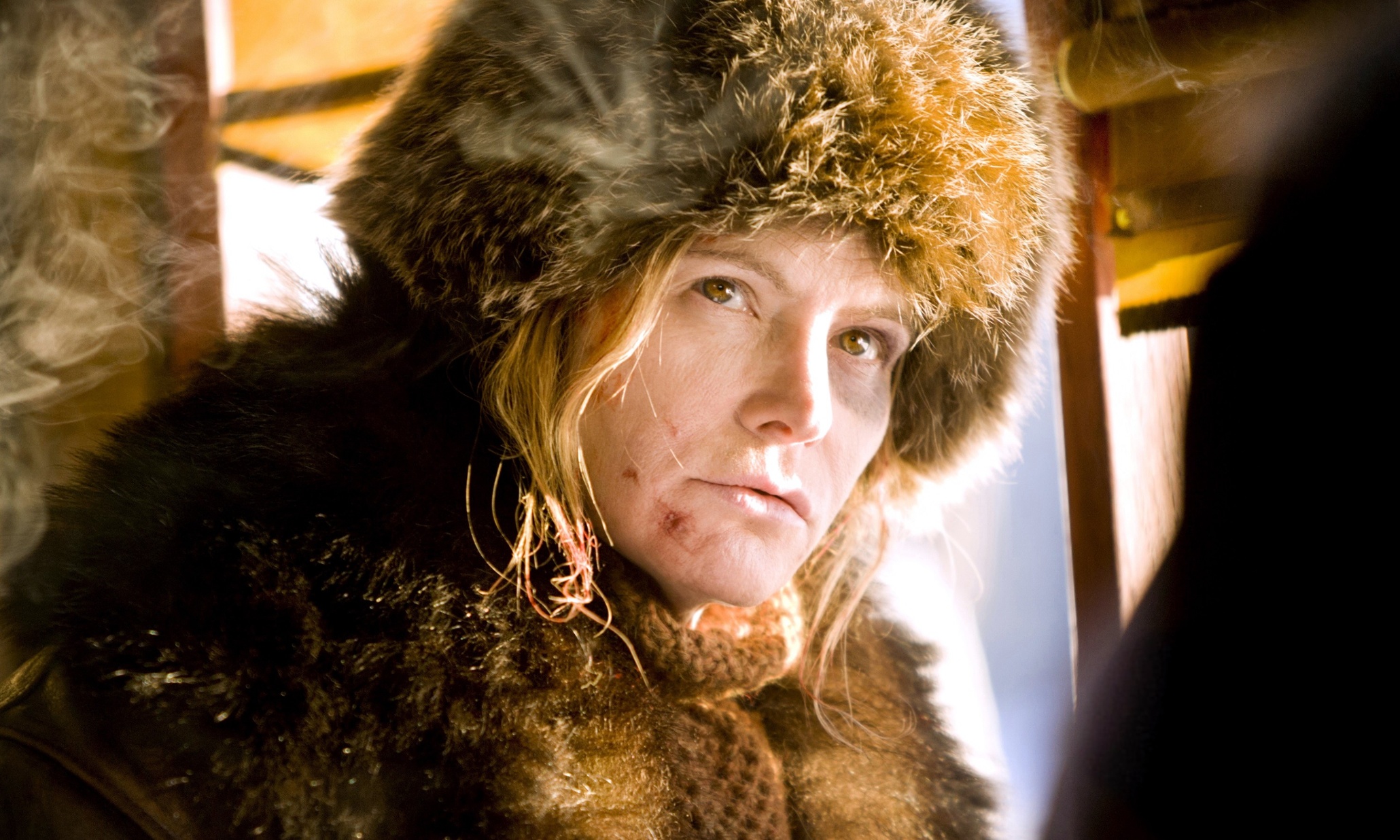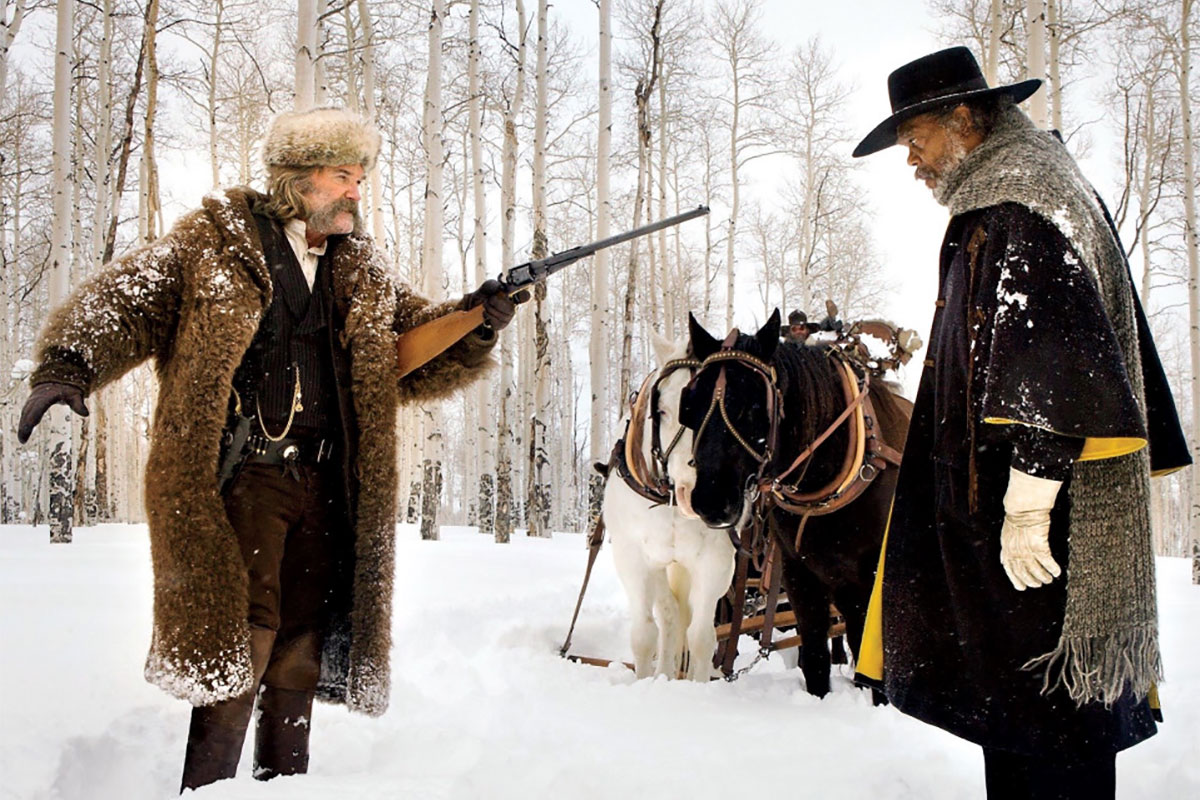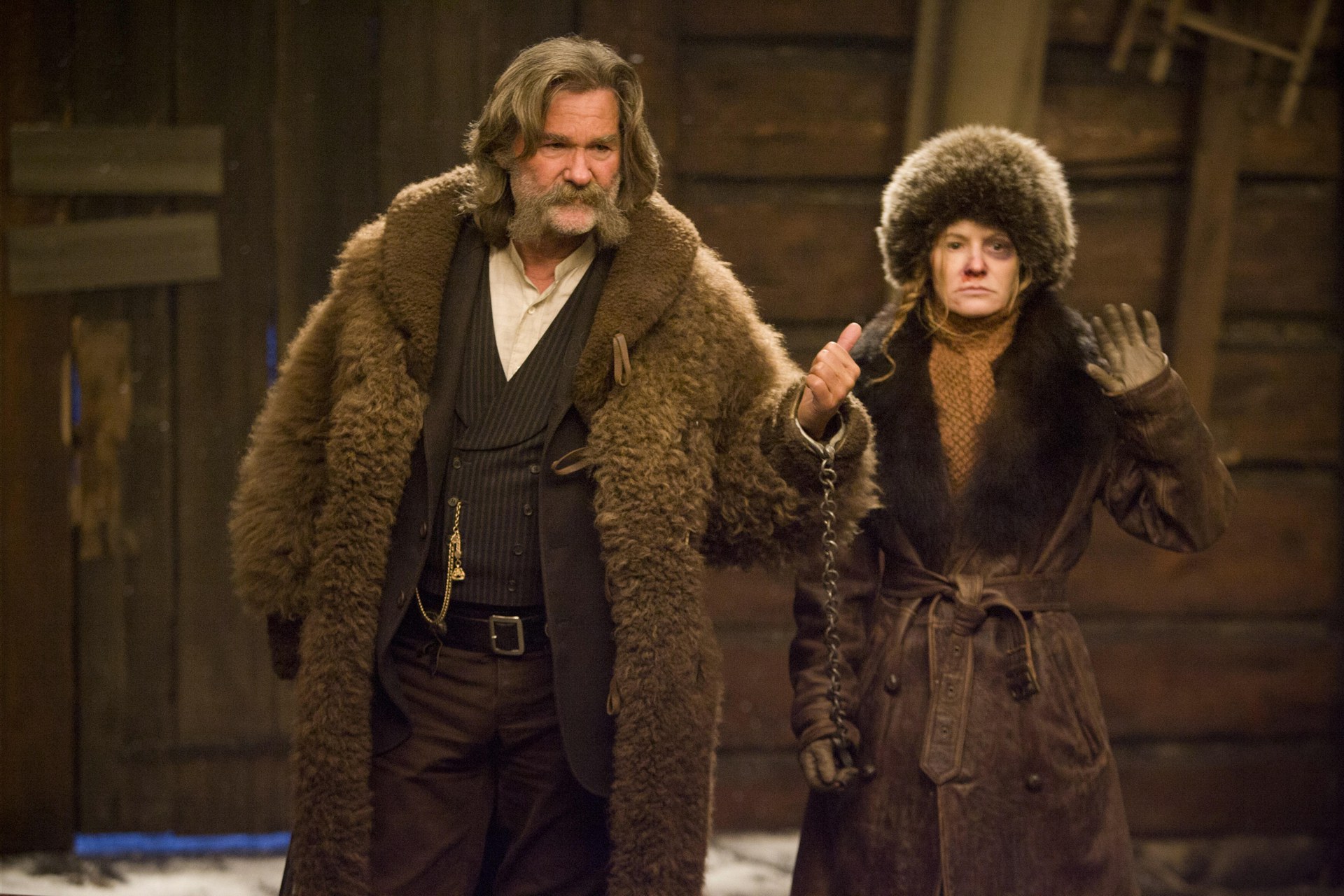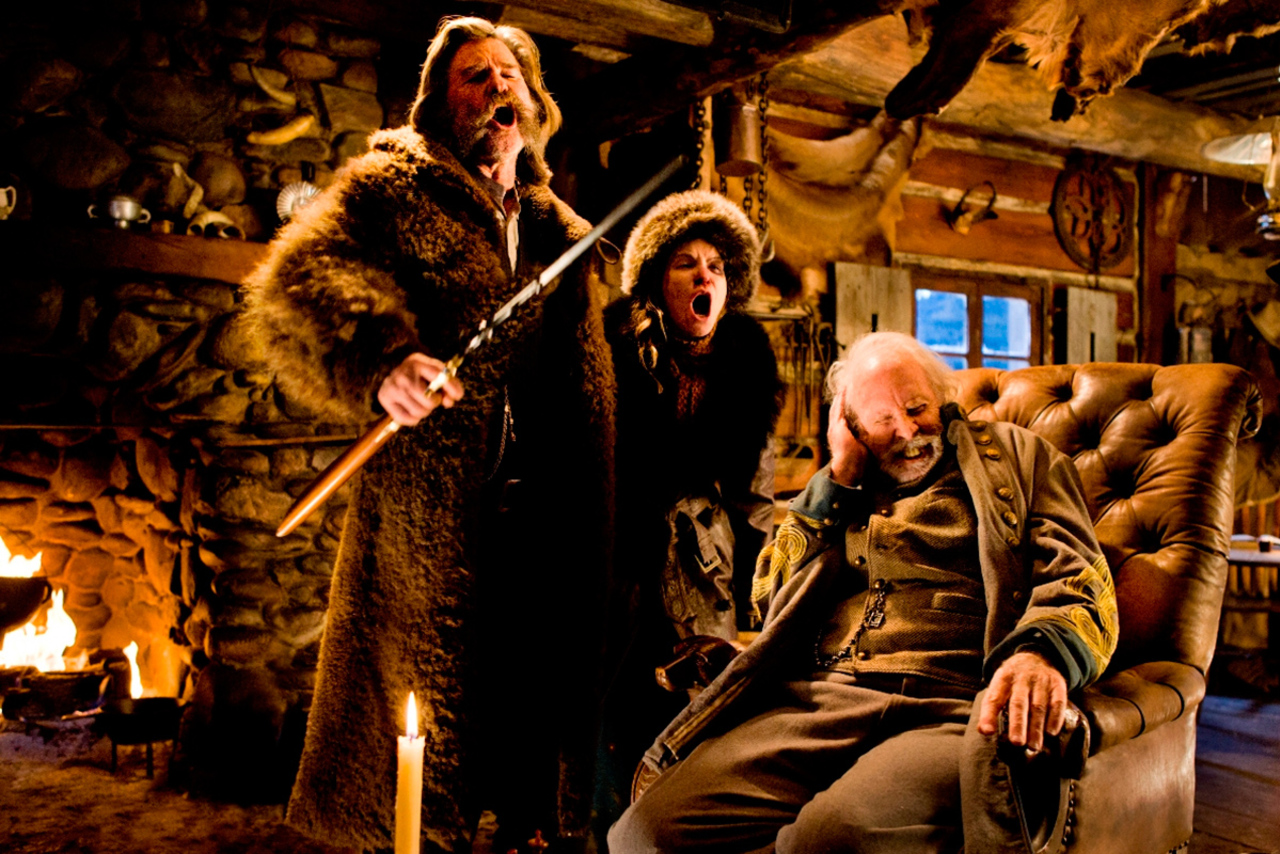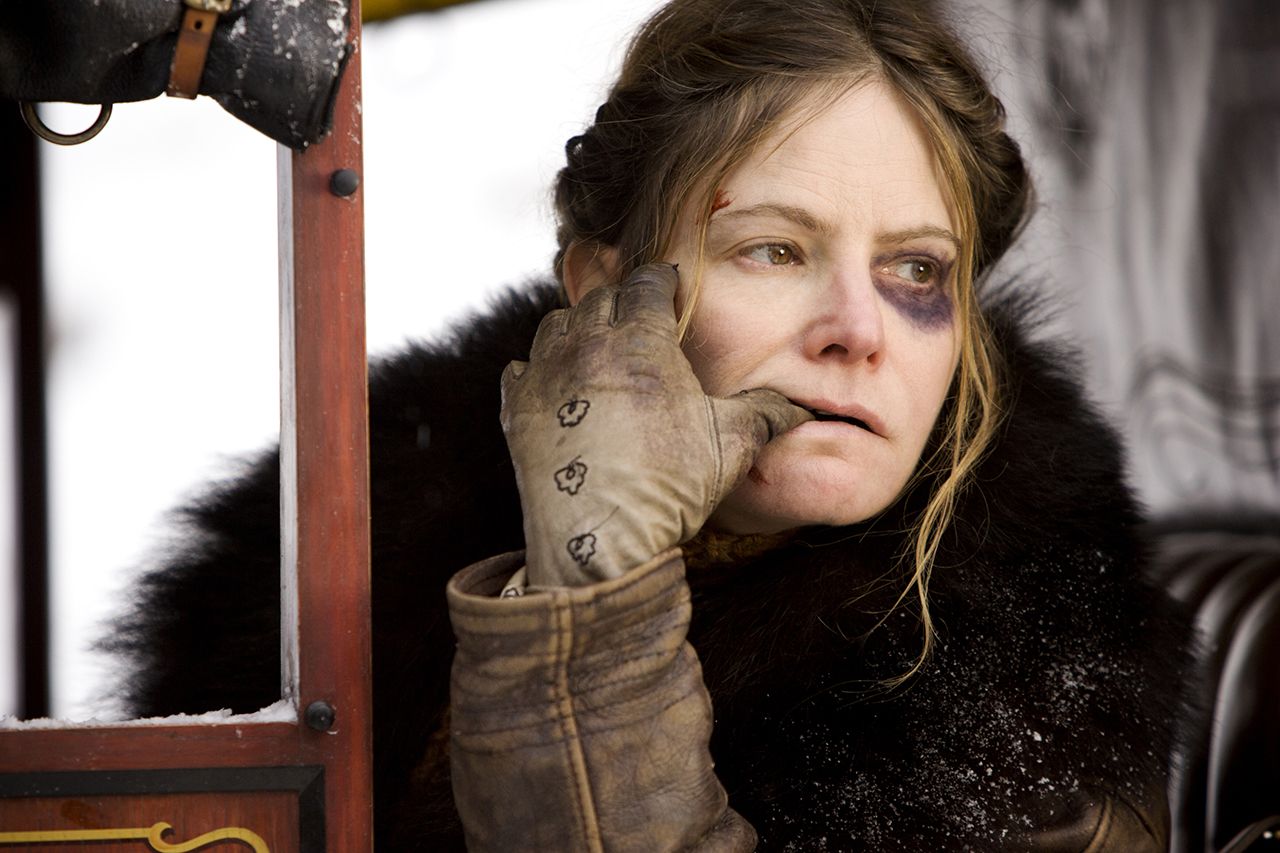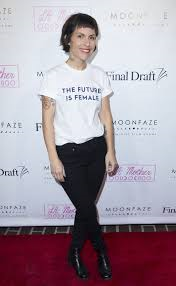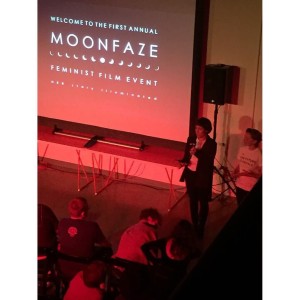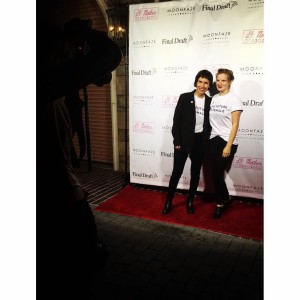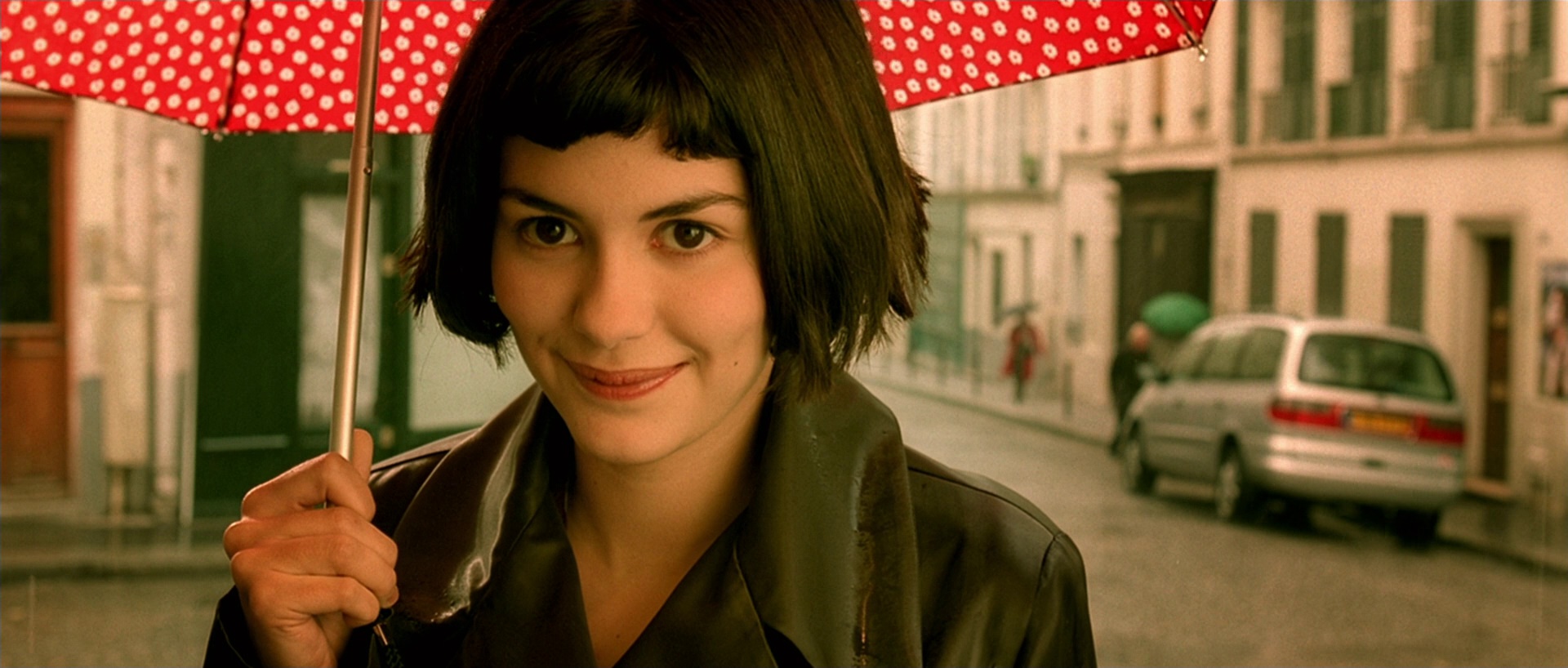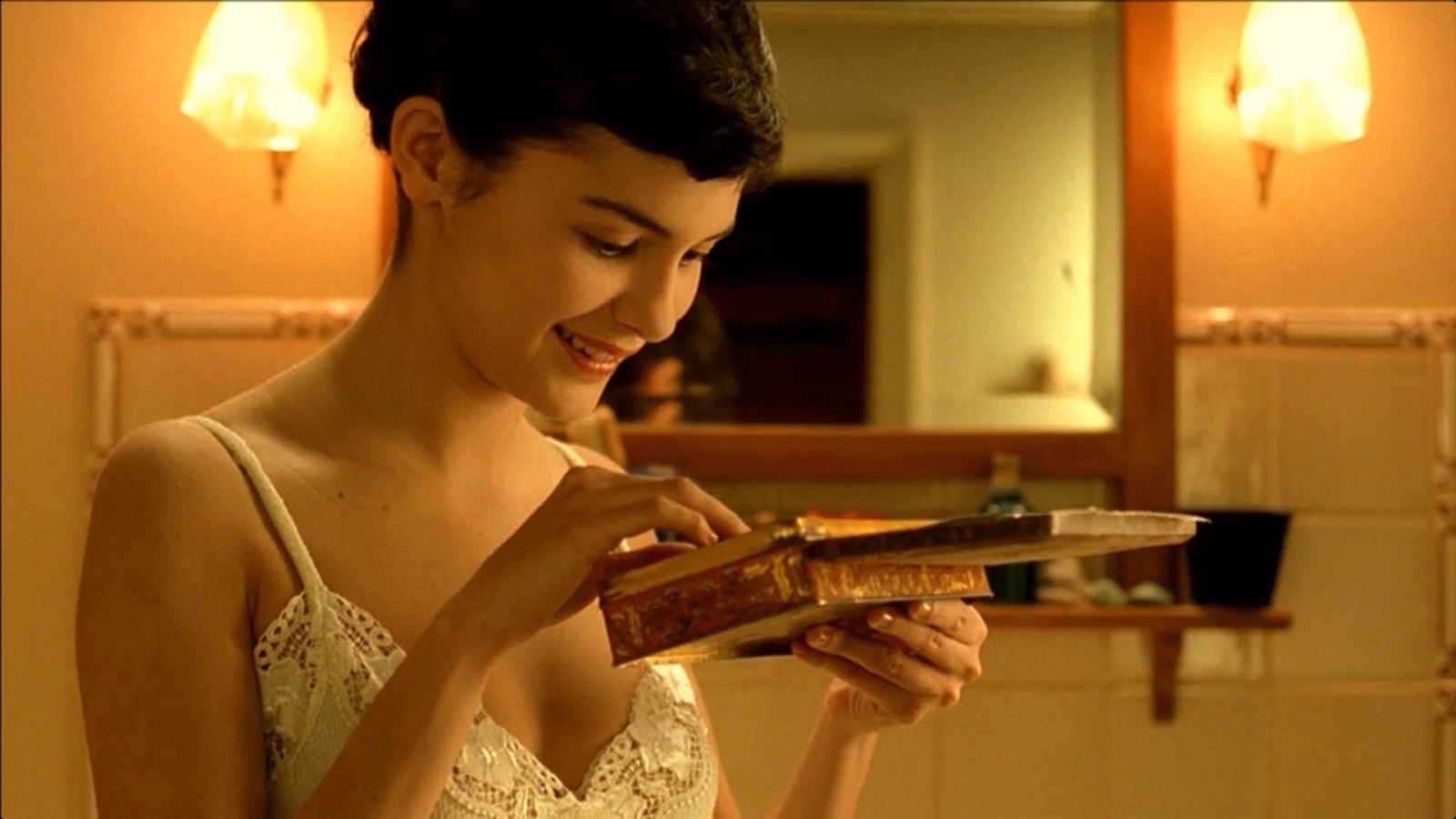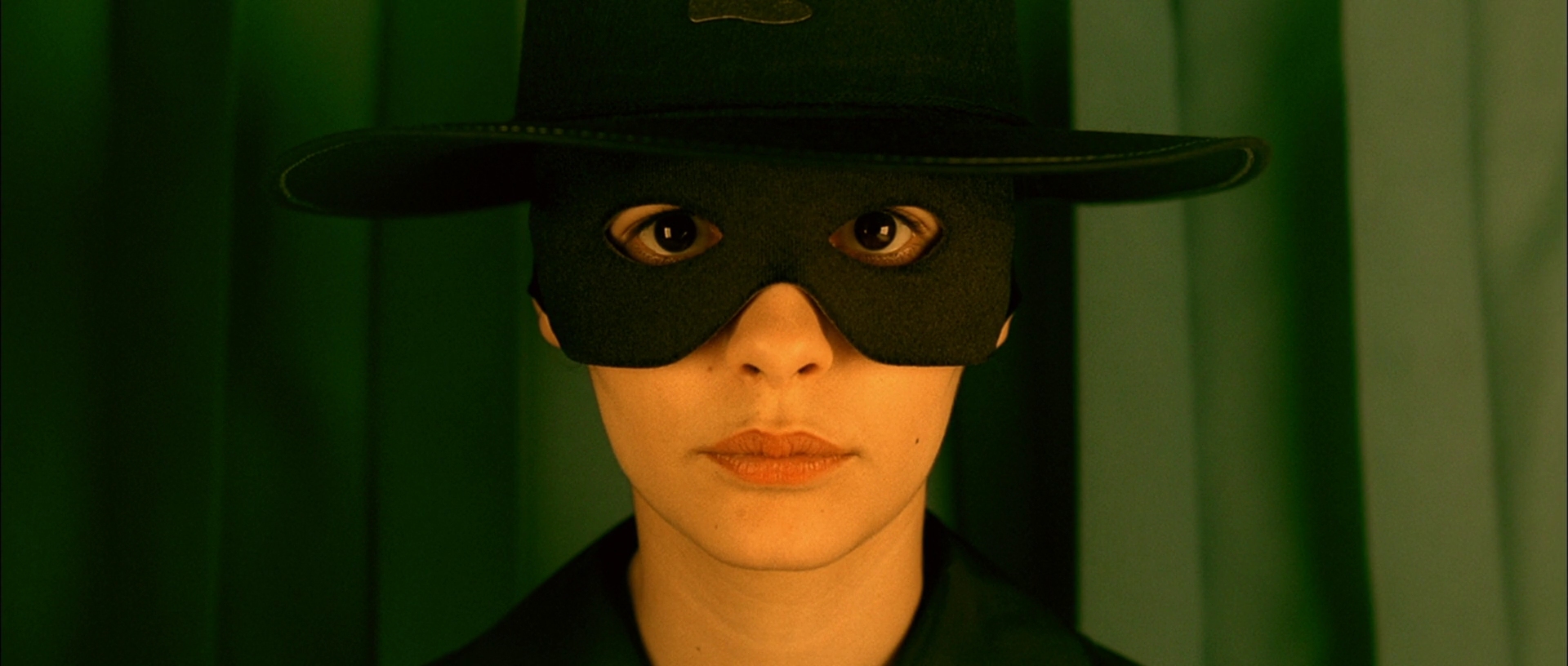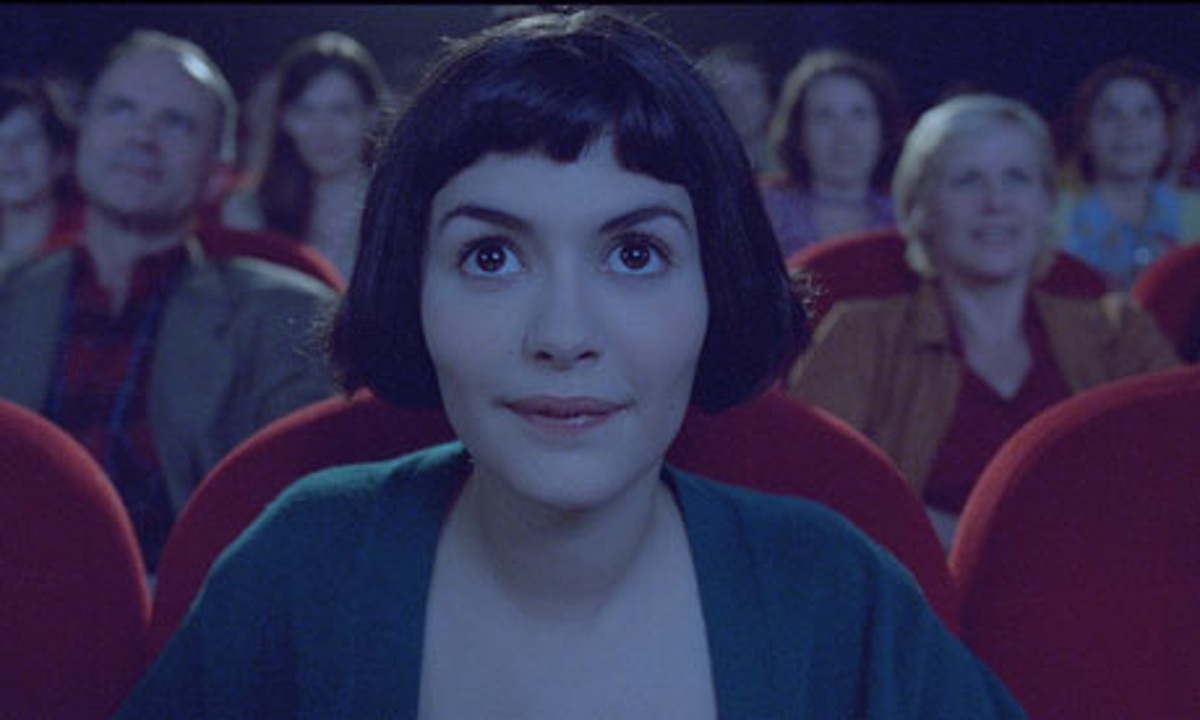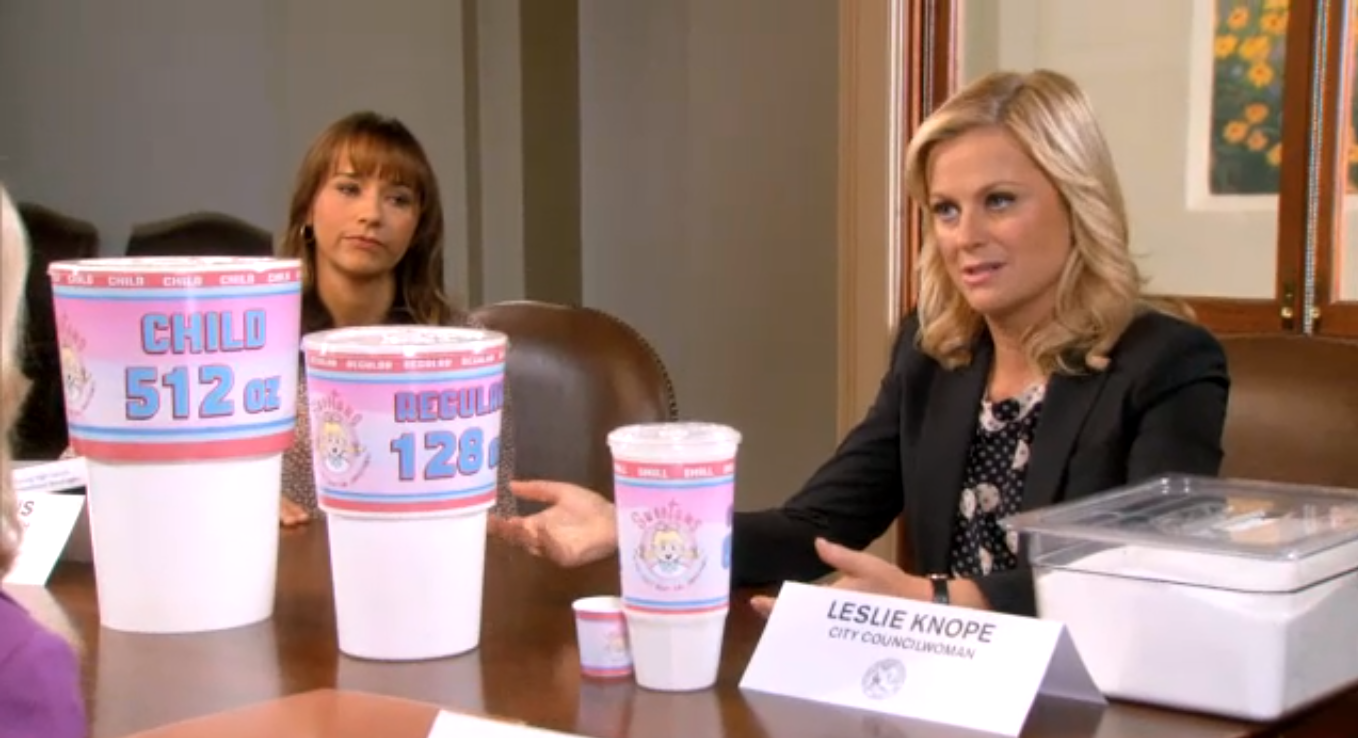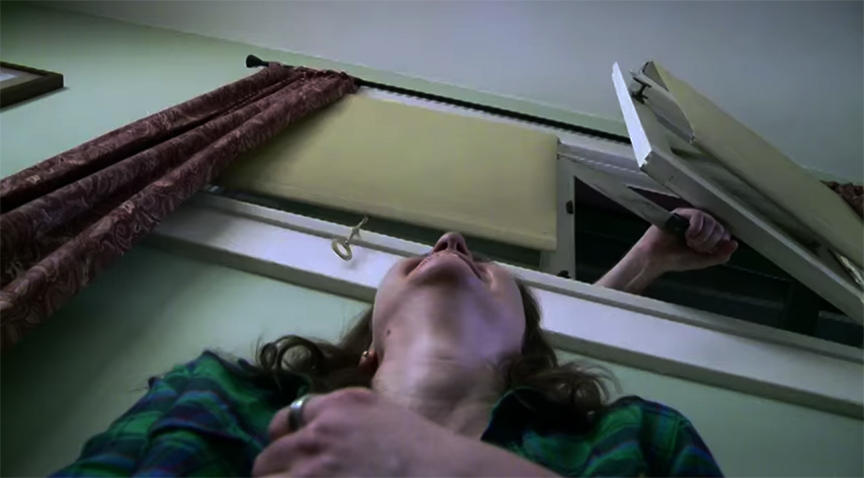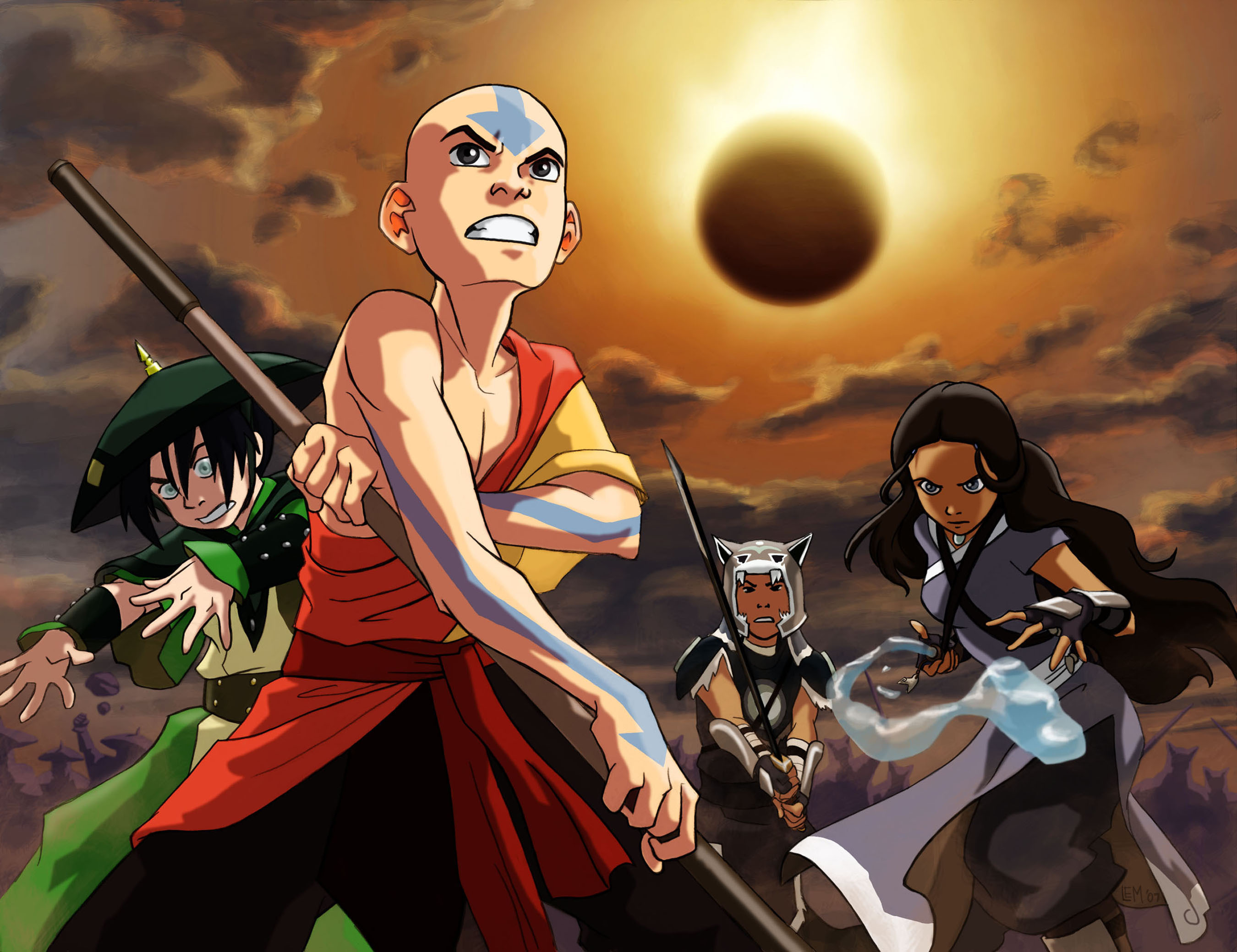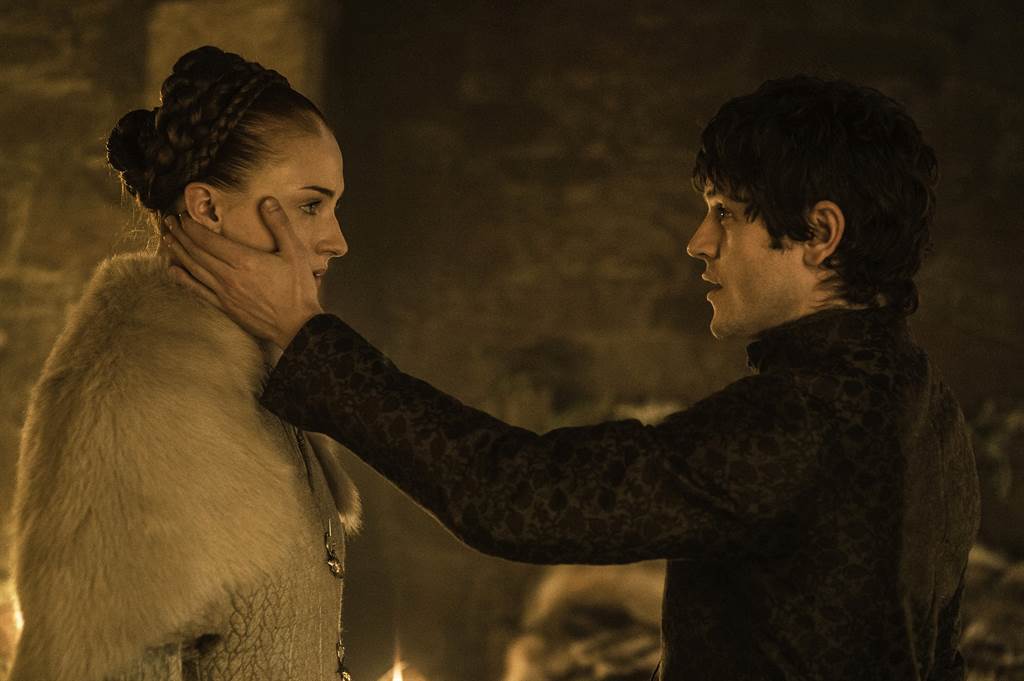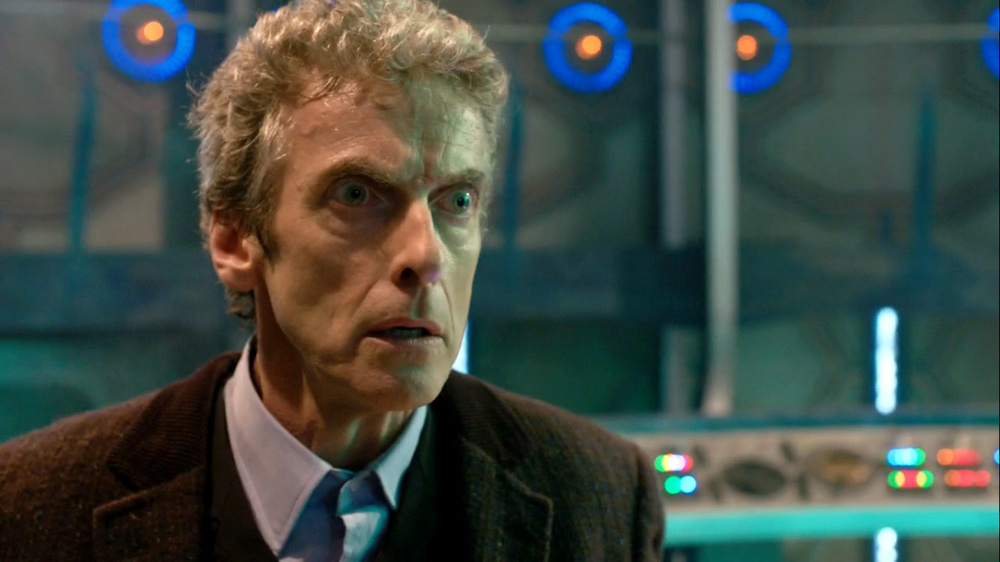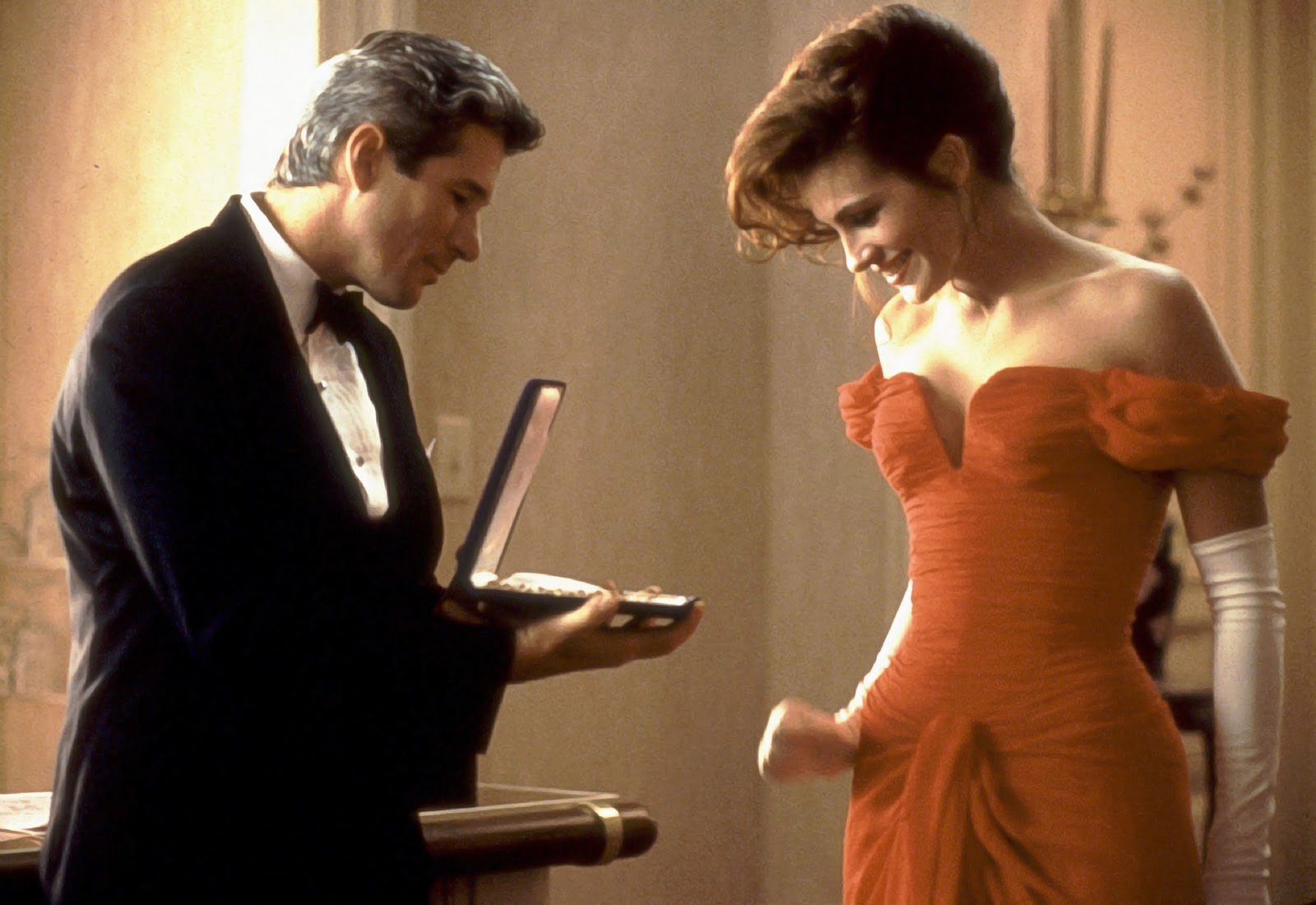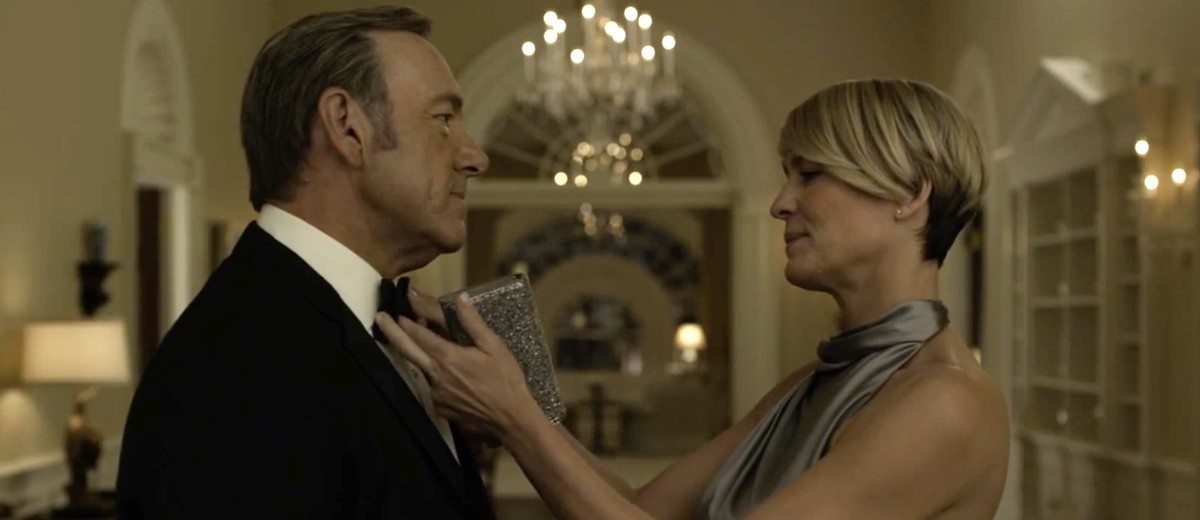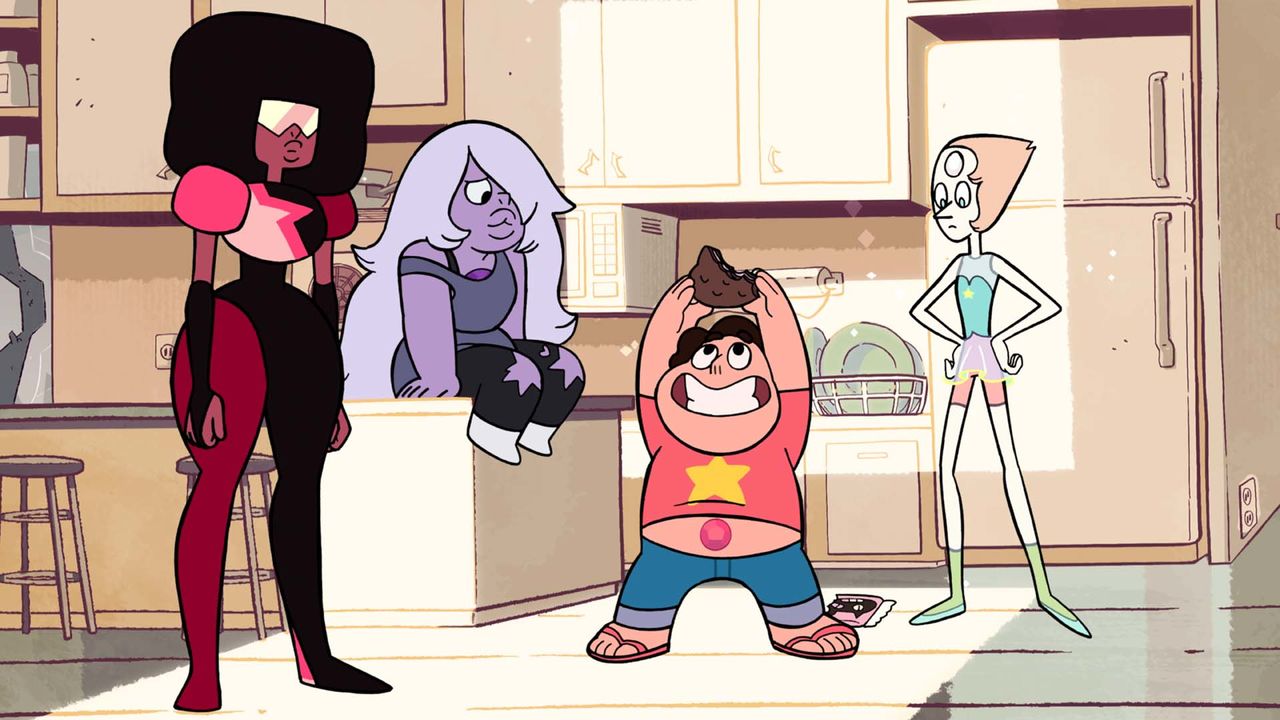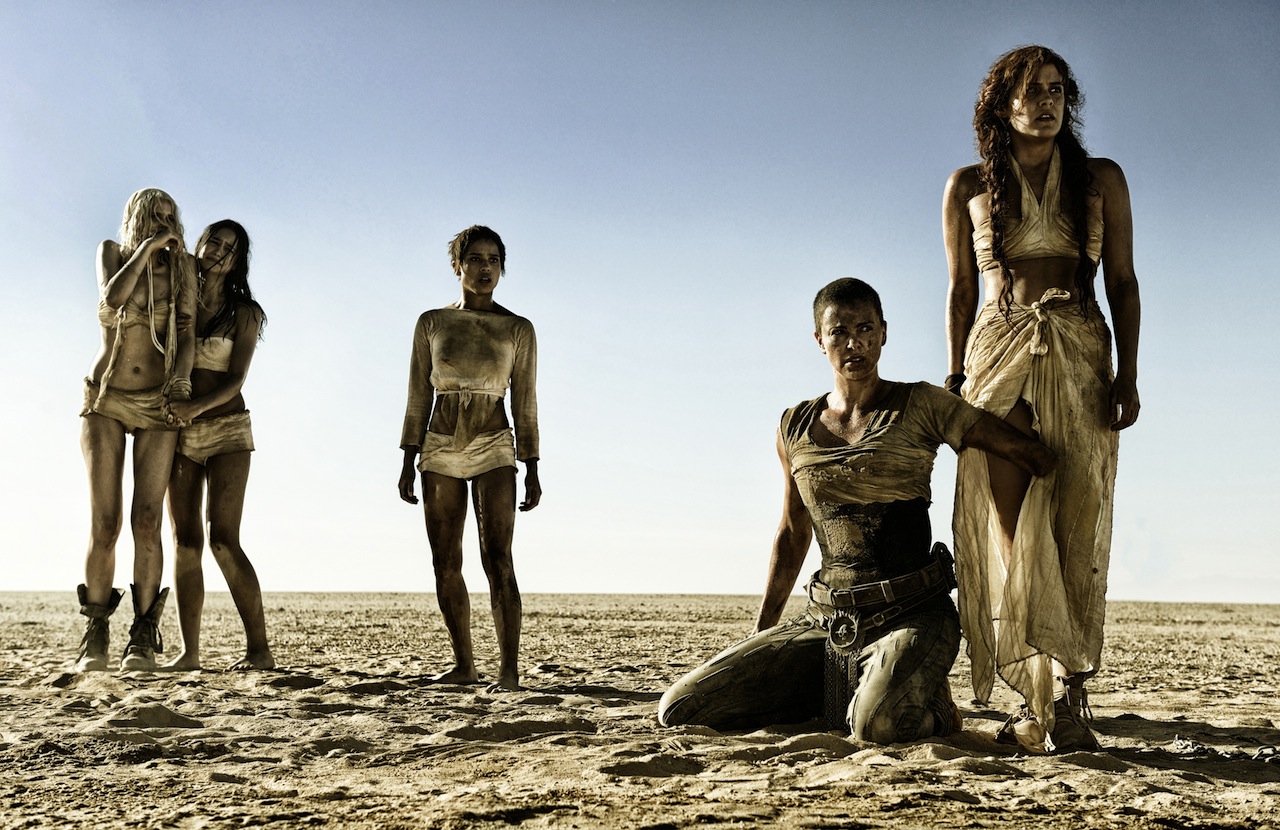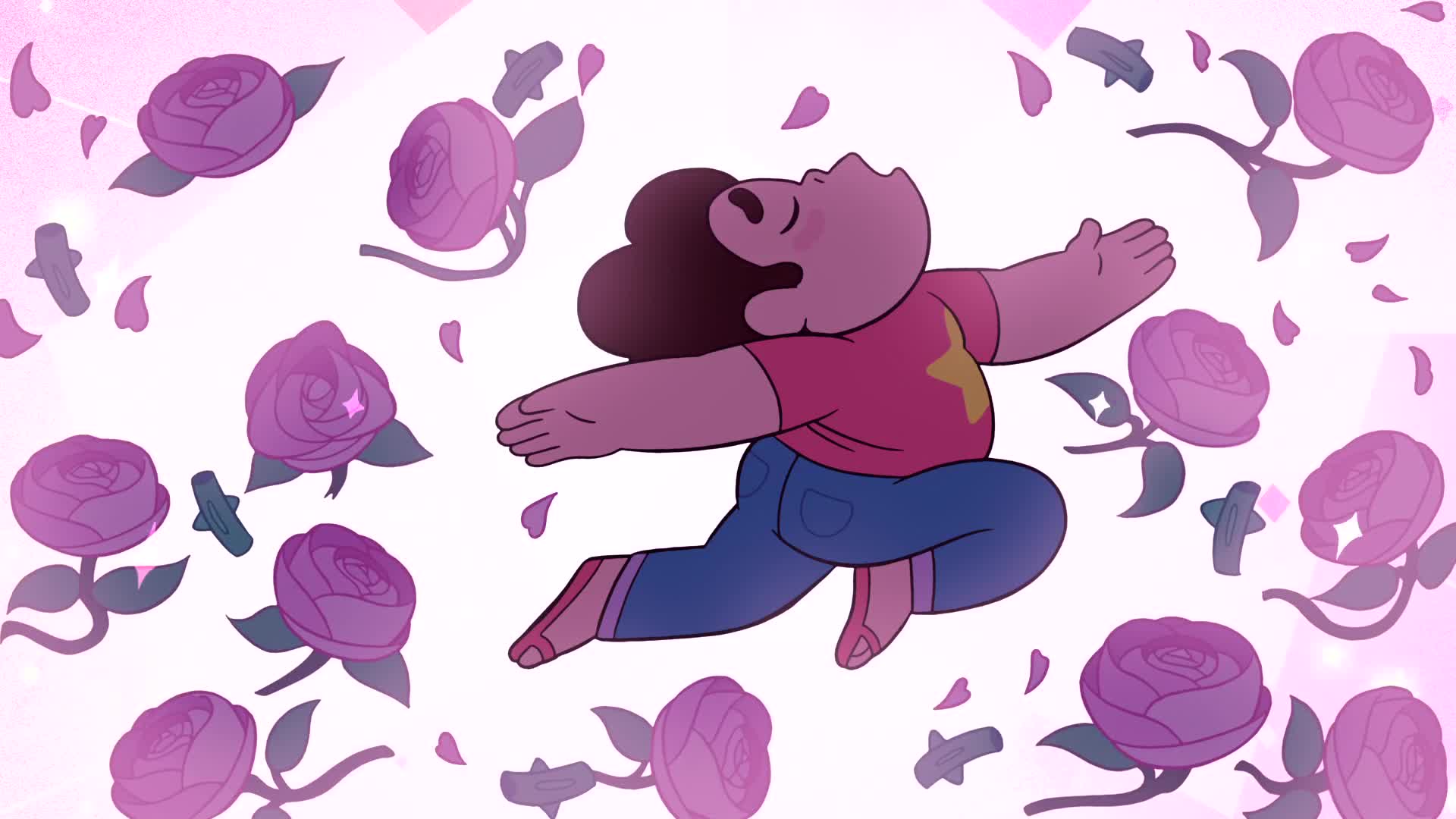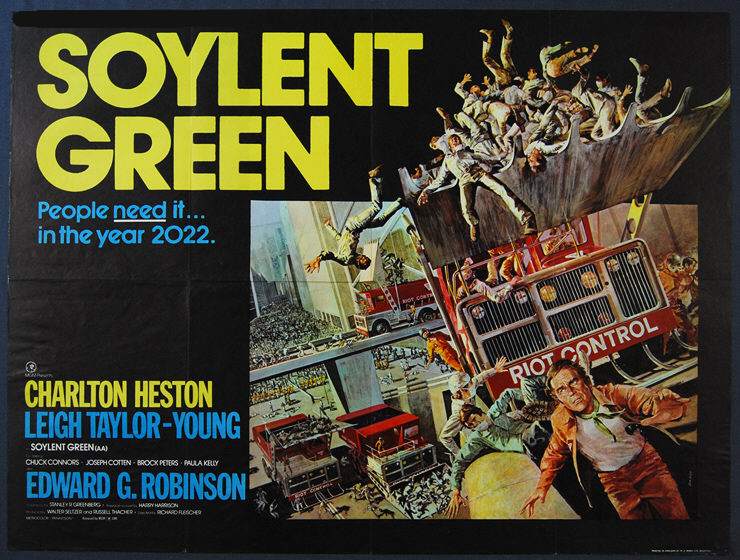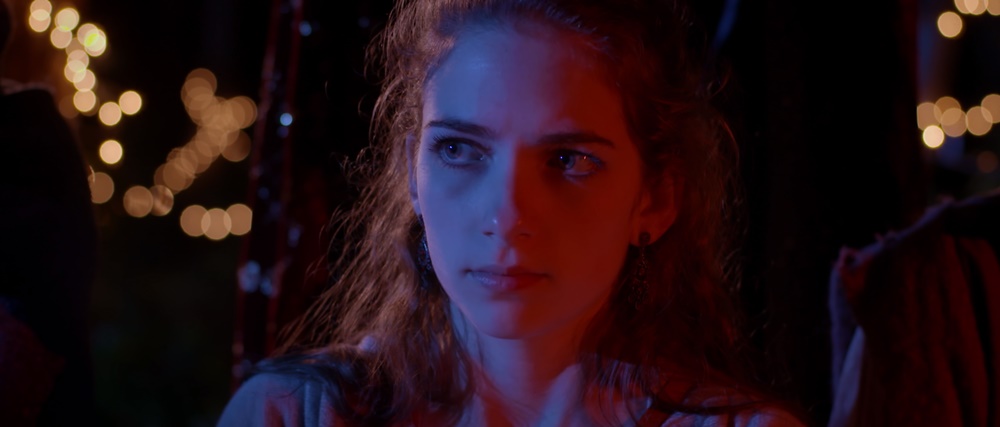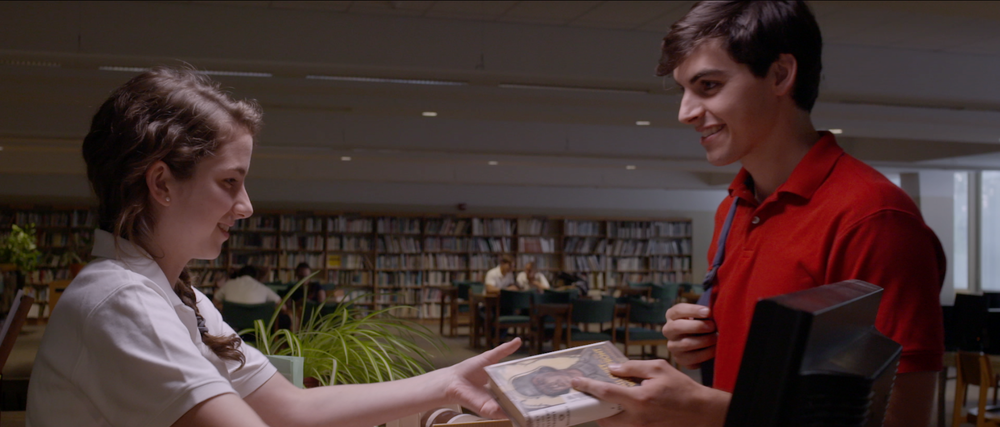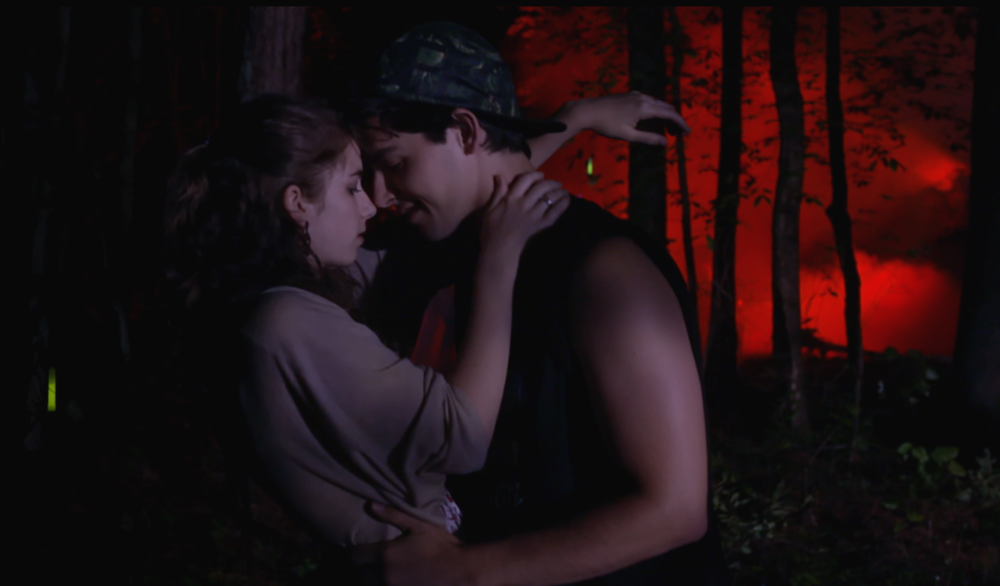This is a guest post by Scott Remington.
When Netflix announced their new series Jessica Jones featured a villain who was not just evil, but an actual emotionally abusive manipulator, there was a rush on various social networks to remind fans that despite being a superhero show, his actions would not be unlike ones real people have experienced. In Jessica Jones, they seemed to suggest, we can see more than just a superhero trying to triumph over a villain, but reflections of real people’s struggle with the emotional wreckage of abuse and rape and the difficulty survivors face in having to move past it while the abusers remain at large. The show has been praised for its ability to illustrate what abusive techniques like gaslighting, victim-blaming, and emotional coercion can feel like, thanks to the way viewers identify with the title character and her struggle to overcome her PTSD. Yet Jessica Jones falters in one key area, and that is with viewer identification with the negative aspects of masculinity displayed by the abuser, Kilgrave.
Kilgrave’s ability is mind control, but within the context of the show it’s not just how he can make anyone do anything, it’s how getting anything he wants simply by asking for it has led to him growing up with an enormous sense of entitlement to the world and the people in it. Series creator and showrunner Melissa Rosenburg reflected on this in an article where she drew parallels from Kilgrave’s power to the privilege and entitlement white men have normalized for themselves through media and the principle of American bootstrap logic. When he’s denied what he believes is his (Jessica’s love), Kilgrave becomes fixated on changing her mind much the way men try to reason with women who reject their advances.
Throughout the series, Kilgrave obtains money, fancy dinner reservations, and yes, even people, with barely a thought to whether he should have them. His manipulation results in trauma and death for many of those around Jessica. While this makes him a powerful avatar of privilege and colonialism, it also has the consequence of making Kilgrave and all he represents into “the other.” As long as his actions so clearly violate laws of viewer’s morality, and are portrayed as such by the main character, it’s unlikely viewers will reflect on what they mean coming from a man motivated by ideas about masculinity and not just free will. The result is that while many viewers are no doubt cishet white men, few will truly identify with what Kilgrave illustrates not just about rapists and abusers, but about negative ideas about masculinity itself.
Kilgrave does many things representing male fantasies, such as when he joins a high stakes game of poker and forces all the other men to let him win. He eggs them on with emasculating insults, (“Where are your balls?”) and boosts his ego even further by compelling the non-participating women in the room to echo his words at them. When threatened by a man for leaving without giving them a chance to win their money back, Kilgrave slips out by getting him to pound his head against a pole. It’s a twist on the “underdog outwits the bad guys” formula, the masculine idea of triumphing against the odds through brains, not brawn, but given a bad taste when we later learn Kilgrave will use the money to buy Jessica’s old house to enact a disturbing parody of a marriage and the American Dream.
No less disturbing, but far more culturally relevant is Kilgrave’s ability to blackmail Jessica into sending him photos of her under fear of reprisal against those she cares about. While male viewers no doubt see his actions to control her via the threat of violence as abusive, it’s unlikely many would associate his desire to have them with the way men casually request similar from women on dating sites as though it were a normal and not potentially dangerous request (see the celebrity photo hack). A phenomenon often observed in scenes where women fight sexism is how male viewers identify with the character “triumphing” yet don’t see how they have more in common with the male perpetrator than the character.
Jessica Jones features several examples where men’s seemingly innocuous entitlement to a woman’s body or her attention is shown as an annoyance, such as when a man harasses Patsy and Jessica in the bar with suggestive comments, to actively dangerous, such as Simpson’s insistence that he be allowed to make up for trying to kill Patsy while under Kilgrave’s control. Simpson’s struggle to overcome his mind control manifests in increasingly dangerous ways, yet overlooks the fact that as a white male in a position of authority his insistence on being “forgiven” by Trish is a function of privilege and abuse and not just personality. When the perspective shifts to actions, viewers are often given an excuse not to identify with the masculinity the character expresses, or else they excuse it by suggesting the characters’ actions are “not what I would do.”
This is nothing new however, as the cognitive flip that allows viewers to enjoy watching and rooting for male anti-heroes/villains while ignoring their own ties to the message is so common it’s basically accepted as part of the cishet white anti-hero character. The distance viewers establish from the characters is present in the so called “morally grey character,” a simultaneously cautionary tale/wish fulfillment vessel who follows a path of masculinity leading them to make terrible decisions most viewers innately reject. Often the characters justify this as being either about “surviving” or “protecting,” two feelings viewers identify with even when the result twists into something amoral.
For examples of the dark side of control and protection, look no further than the darkly comedic serial killer drama Dexter. The series urged viewers to root for and identify with a white male anti-hero who compartmentalized his life in order to exercise the ultimate form of control by killing those who the viewer saw as “monstrous” as their actions made them unforgivable. It’s notable that the titular character always painted his targets in black and white terms based on their actions, while he (and many viewers) dismissed his own horrendous behavior as not under his control, thus absolving him from similar judgment. A closer look often revealed Dexter’s “good” side to be both a shield, as well as genuinely relatable in how he struggled with being a father and husband while hiding his need for homicidal behavior.
Throughout the series, Dexter faced other murderous men who reflected parts of him — men equally control obsessed and claimed just as many lives — yet viewers were always allowed to identify with Dexter’s paternalism and vigilantism enough to brush off lies and deceptions. This distancing from his obsession with control remained so strong that it was only by the end of the series that people saw the true damage wreaked by his attempts to hide his secret from his loved ones. Dexter’s killer masculinity may have been an exaggeration, but his selfishness is all the more dangerous because of how easily men identify with lying for the “sake” of others’ safety.
The theme of “protecting” is central to the masculinity of the “good” anti-hero, even when that protection is not necessarily wanted. For a shining example, look no further than the forever-entitled patriarch Walter White (See what they did there?) in Breaking Bad. Viewers were quick to identify with Walter’s meek, emasculated everyman who nonetheless possessed an aptitude for the sciences that made him capable in entertaining yet deadly ways. Like Dexter, the fun was seeing how Walter could regain control when under pressure. However, where Dexter kept his life secret from his loyal wife Rita, Walter’s wife bore the brunt of Walter’s anger and dissatisfaction. Skyler White was accused of second guessing and belittling her husband on numerous occasions, even while she tried desperately to free her family from the dangerous life he made them a part of. Viewers identified with Walter’s amoral antics while despising Skyler for talking back or lashing out against her husband’s poisonous control “with such venom” that actress Anna Gunn wrote an entire essay on how easily the annoyance with Skyler conflated annoyance with her in real life and what this indicates about our perspectives on gender and misogyny.
When viewers analyzed Walter’s pathological refusal to take “charity” or his pride and belief he DESERVED to be more than a high school science teacher, they rarely scrutinized the connection to masculinity. When he manipulated his former student Jesse Pinkman under the guise of security and partnership, viewers excused it as necessary to keep him safe, and rarely saw it as the same kind of entitlement that Kilgrave practiced. When Walter himself admitted he’d done what he’d done not just for his family, but because he enjoyed the power and control he got, viewers saw him as a figure consumed ambition, not a man like themselves who had grown up believing they had a right to wealth and fame simply by growing up in the “land of opportunity.”
But the most unnerving example of these toxic avatars whose critique of masculinity goes unacknowledged is the one whose popularity is itself evidence of how far male viewers will identify yet differentiate themselves from negative masculinity. Tyler Durden of Chuck Palahniuk’s ode to lost manhood and twisted revolution, Fight Club, and portrayed by Brad Pitt in the much-lauded David Fincher film. Acting as both a charismatic cult leader to young men who feel emasculated and beaten down by corporate culture, and a dangerous realization of the Alpha Male archetype, the narrator, like the audience, is at first captivated by the controlled presence of Tyler.
In Tyler’s own words he is: “smart, capable, and most importantly, I am free in all the ways that you are not,” a real life masculine fantasy being sold to the yearning men of the world, including the young cishet white viewers. Yet, the narrator’s relationship with Tyler is not portrayed as a healthy one, ranging from him excusing bruises on his face with explicit reference to domestic violence, to him tricking his boss to let him leave work by making himself look like a victim of him. As corporate skyscrapers fall, male viewers reject Tyler’s actions, but have they really understood how Tyler Durden’s masculinity exists all around us? In the white terrorism from the rage at not feeling recognized? Or in the men who see women as only virgins or whores?
Melissa Rosenberg referred to Kilgrave as “Jessica’s Chinatown,” alluding to the legendarily bleak film by the convicted sex offender Roman Polanski, whose most haunting scene is the failure of the male hero Jake Gittes (Jack Nicholson) to save Evelyn Mulwray (Faye Dunaway) and her sister/daughter from the clutches of her predatory father. What the film doesn’t dwell on is how Jake learns this information: a desperate interrogation wherein his masculine desire to “find the truth” motivates him to hit a woman and (unknowingly) an abuse survivor, while ignoring her tears and pleas.
Movies are mirrors, and just because we don’t like the reflection they display doesn’t mean viewers can shatter them and then claim it’s not accurate. Because movies aren’t mirrors individually: they represent diverse people’s experience of the world and the people in it. If we’re willing to accept Jessica Jones as the story about one woman’s struggle with a male abuser, why can’t we accept that, on some level, it’s just as much a story about women’s experience with harmful masculinity as it is about “monstrous” abusers?
Scott Remington is a TV aficionado and prospective writer, currently examining privilege and gender via social media. Graduated with a Bachelor of Arts in English and multiple credits in religious studies, he analyzes movies at (https://myfearfulsymmetry.wordpress.com/) and provides support to others at @RemingtonWild on Twitter. He has no cats but would like to someday own several.
